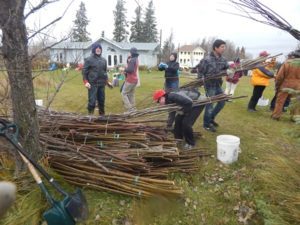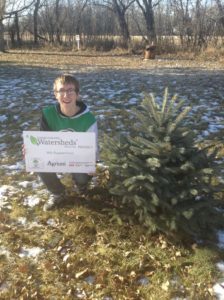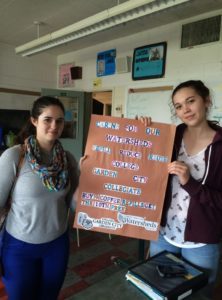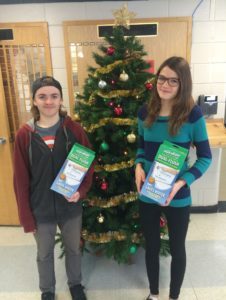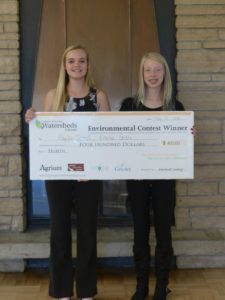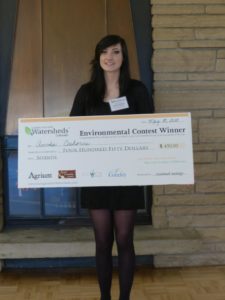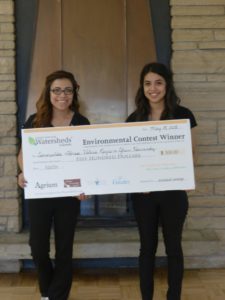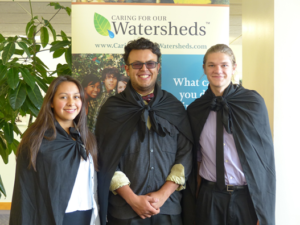2015 Selkirk, Manitoba, Canada
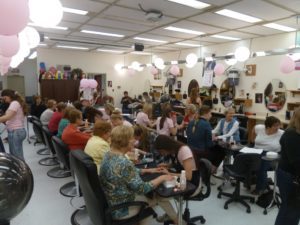
Angelica Soares noticed the nail polish used in her high school’s Cosmetology Department was full of chemicals that were ultimately making their way into the watershed. Angelica’s proposal was simple: switch to a formula with less chemicals, and educate people so that they consider how the products they are using for beauty aren’t so beautiful for the environment.
“Every time someone gets a manicure and/or pedicure, the nail polishes used are removed then disposed in a garbage bag. That garbage is then transported to the local dump where it sits, allowing the chemicals in the polish to secrete into the ground, which leads into our waterways.”
Thanks to a donation from Nutrien, Angelica was able to purchase new, 5-chemical free (toluene, dibutyl phthalate, formaldehyde, formaldehyde resin, and camphor) for her school’s Breast Cancer Awareness fundraiser- demonstrating the important link between human and environmental health. The Costemology department is currently using the leftover polish; Angelica also created brochures educating clients on these chemicals and the importance of Caring for Our Watersheds.

